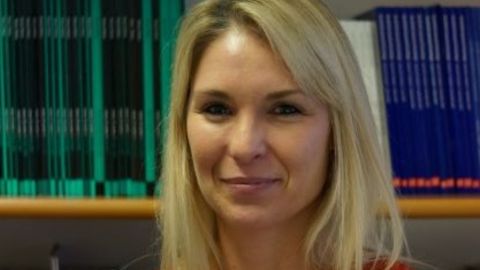Current climatic projections show clearly that increasingly more extreme weather events are to be expected in the future. Historic buildings are considered to be the most vulnerable to this adverse climatic impact, via moisture induced deterioration and resulting strength decay in their construction materials. Therefore, the identification of these climatic effects is important to be able to develop suitable tools to mitigate them, both for individual buildings and on a regional scale. Professor Dina D’Ayala is Head of Structures and Co-director of the EPICentre research centre. She is a structural engineer with a humanities background and her research focus is the protection of architectural heritage and urban settlements from natural hazard. Previously at University of Bath, she headed the Earthquake and Conservation Engineering Research group for 15 years. She believes that to preserve to posterity the authenticity of heritage in different locations worldwide a common and systemic interdisciplinary approach should be followed, delivering sustainable heritage structures within resilient communities. Research milestones include the development of a numerical procedure to determine the seismic vulnerability of masonry dwelling (FaMIVE) with application from Turkey to Nepal, to Iran and Italy, the design and development of two patented dissipative strengthening prototypes, to retrofit architectural heritage and limit damage from seismic shocks.
Image courtesy of interviewee. January 23, 2017






